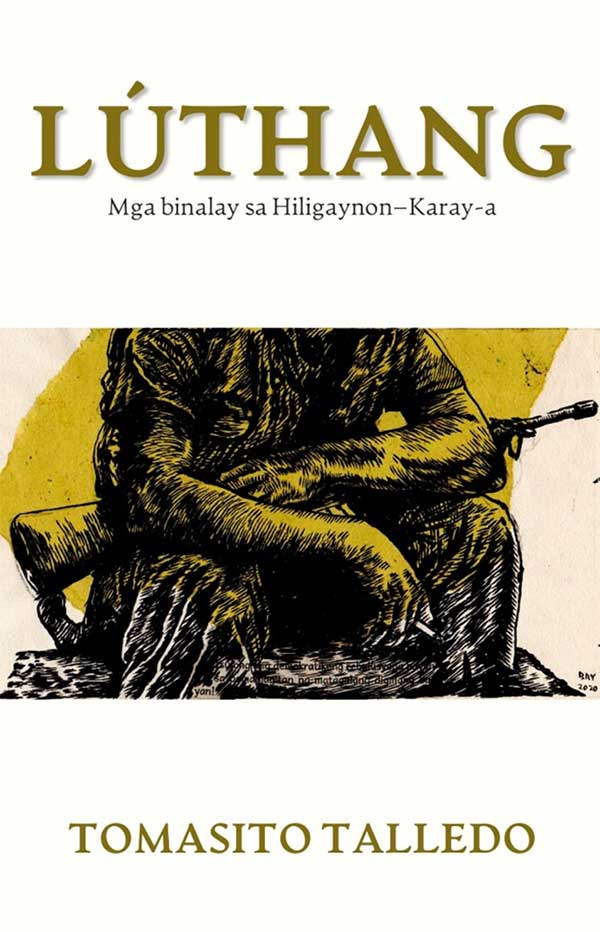
By Noel Galon de Leon
Lúthang could become the word of the year, capturing the essence of the new poetry collection by Tomasito T. Talledo in Hiligaynon-Karay-a. Throughout the collection, the poet’s nuanced interpretations of this word stand out, serving as a compass for his poetics in crafting the work. These interpretations guide the reader to reimagine reality and explore the multifaceted impact of lúthang in both the figurative and literal mapping of violence and the recollection of past and present memories.
The collection is divided into four parts, including Taguangkan, Binugrasan, Kaadlawan, and Binugsukan, encompassing a total of 25 poems. Notably, Talledo’s work can be classified as protest poetry, a significant literary tradition in the country that harnesses the power of language to engage with national issues. This tradition places particular emphasis on advocating for the rights of citizens and the marginalized poor, who are often overlooked in mainstream discourse.
The writer sought to politicize his personal understanding of society to make it more impactful and beneficial for readers, whether they are activists or not. This intention is evident from the very first part of the collection, featuring poems such as Iloilo ang Banwa Ko, Ilongga, s’ya bala?, Dinagyang na naman, Panghangkat sang Bakunawa, and Panambi sang Tumandok. These works reflect a deep engagement with social issues and invite readers to consider the broader political and cultural context. At first glance, these poems may appear to be straightforward commentaries on discrimination and the state’s exploitation of its citizens. However, a deeper reading reveals them as powerful reminders and challenges, urging readers to trust in the power of words and the importance of memories.
Aside from holding a deep respect for the power of words and the significance of memory in preventing forgetfulness, Talledo also acknowledges and raises his fist in solidarity with his allies, especially women. He particularly honors his mother, who displayed steadfast courage in engaging in the people’s struggle. This reverence is vividly expressed in the second collection of his poems, including Tigadluman, Negros, Sa Imo Kaadlawan Judy Taguiwalo, Saulogon ang Imo Kaadlawan Ma. Luisa Posa-Dominado, and Nanay. These poems do more than just offer praise; they amplify the resonant echoes of history, underscoring the vital role of women and our mothers in triumphing over an oppressive system that persistently attempts to bury our struggles into oblivion. Through his work, Talledo reinforces the importance of remembering and honoring these essential figures in our ongoing fight for justice.
In the third part of the collection, Talledo masterfully weaves together elements of protest and folk literature. He underscores the significance of activism, protest, and marching for our causes in poems such as Halad sa Kaadlawan, Amba ni Andres kay Waling-waling, Alimukon nga Pispis si Gina Lopez, Saging, and Hurubaton. These poems highlight the importance of collective action and the enduring spirit of resistance. Consider, for example, these powerful lines: Bonifacio, Luna, Mabini: mga halad / Sa rebolusyon nga nagapadayon / Subong, magaatubang sa Bulutlakan / Ang ila matadlong nga mga panulok / Walay pangalag-ag, walay kahadluk / Buhi sa dughan kag utok sang tanan / Ang martsa padulong sa kadalag-an!
The final and fourth part of the collection is divided into two sections, Binalay ni Bulalakaw and Padayon. These sections emphasize the significant contributions of individuals such as Valeriano Caro, Nilo Arado, Luisa Posa-Dominado, Ka Tingting, Rowena Torrato, and Komander Posa—victims of the fascist state. The persistent mention of their names throughout the collection serves to revive their memory, reminding the public of their crucial roles in the genuine liberation of the nation from an oppressive regime. This system continues to suppress the populace and inflict widespread suffering. For the poet, the revolution persists, and the lives of those who have fallen continue to resonate through the collective unity of people. Like Talledo, he remains steadfast, wielding his strength, language, and memory to sustain the struggle until justice is finally attained.
Through these poems, Talledo not only pays homage to the martyrs but also perpetuates their enduring legacy, igniting a flame of inspiration in future generations to persist in the struggle against tyranny. The collection serves as a reminder that the quest for freedom is perpetual, and the valorous sacrifices of these individuals must remain etched in our collective memory for generations to come.
Talledo is no coward, making it entirely fitting that he published his second collection of poems independently. It is fitting that it remains untranslated into English, preserving its authenticity. It is fitting that he compiled and transformed it into a book, granting us access to his profound brilliance. Through this act, Talledo demonstrates that beyond his roles as an activist and writer, he holds a deep respect for independent publishing. This choice empowers us, as readers, to recognize that the success and any changes we aspire for in the future of our country are firmly within our grasp.
The process of writing, gathering, and publishing this project is truly commendable. In the foreword of the book, Talledo declares that this work is his response to the challenge of writing in his language. The poet powerfully reminds us that the language of the masses will liberate the masses. Like Rio Roja, Servando Magbanua, and Mayamor, we do not need to be included in the Palanca, nor should we be bound or blinded by awards and money. True poetry and the act of writing poetry demand engagement that transcends the mere act of writing itself.
Talledo’s voice is indispensable in the field of creative writing, particularly in the discipline of crafting contemporary protest poetry. His understanding of the concept of protest goes beyond mere writing jargon; for him, the struggle must be lived, deeply integrated into our everyday lives, and inseparable from the essence of existence—a truth that resounds profoundly throughout his collection.
Beyond being example of protest poetry, Talledo’s collection is a reflection of his own life as a professor and activist writer. He is not just a poet confined to his words; he is an active presence in the streets, continuously engaging in actions that many of us find daunting. This commitment is vividly echoed in his work, infusing his poetry with the very spirit of activism. Through his poems, Talledo becomes a living embodiment of the struggle, illustrating that poetry transcends mere words—it is a lived experience, an intrinsic part of daily existence.
Noel Galon de Leon is a writer and educator at U.P. Visayas, Division of Professional Education. He teaches Filipino, Creative Writing, and Translation at U.P. High School in Iloilo and in the graduate school.



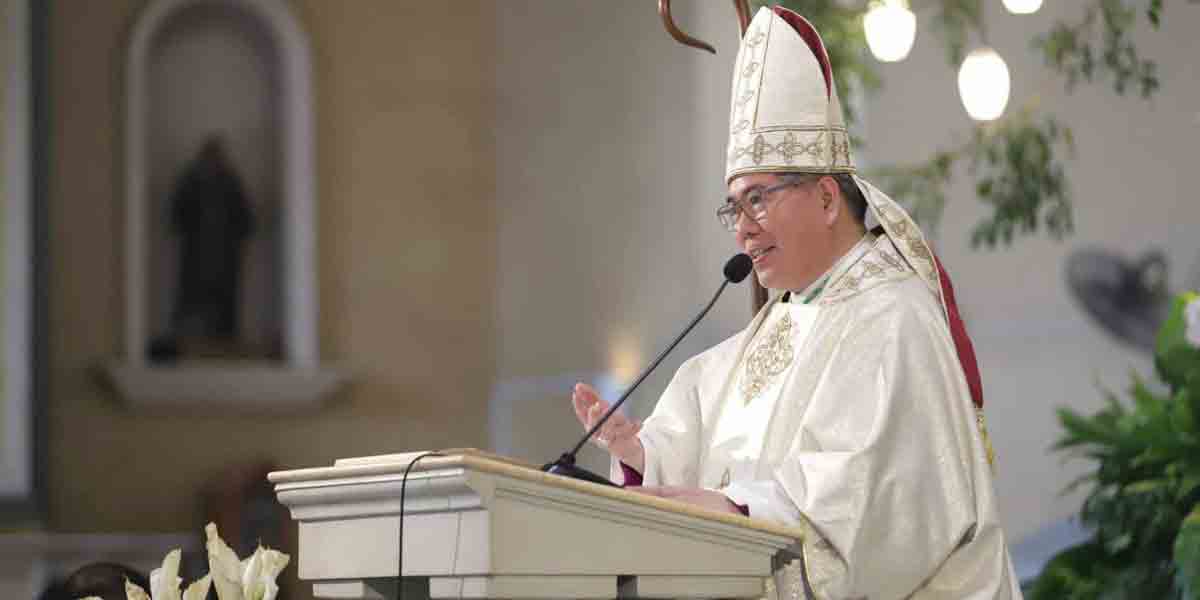

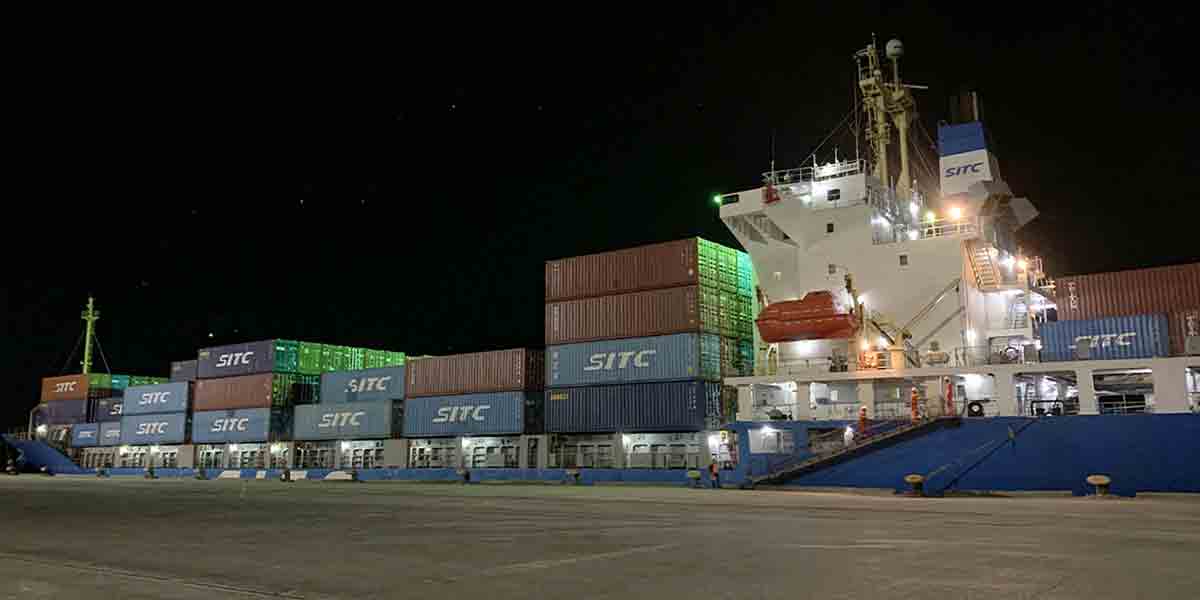


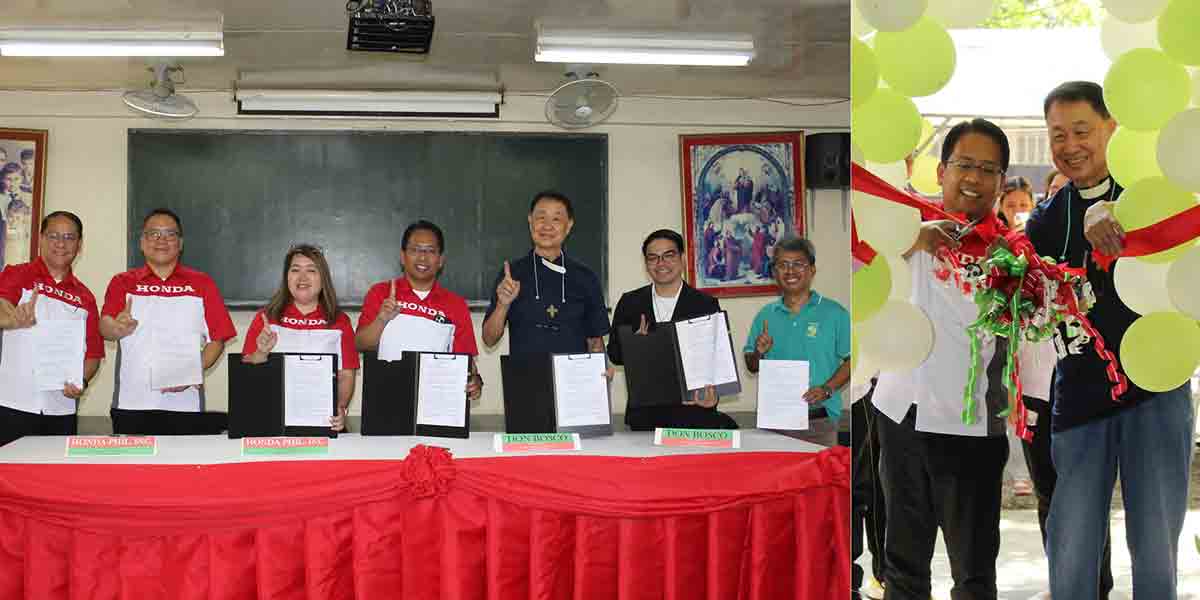









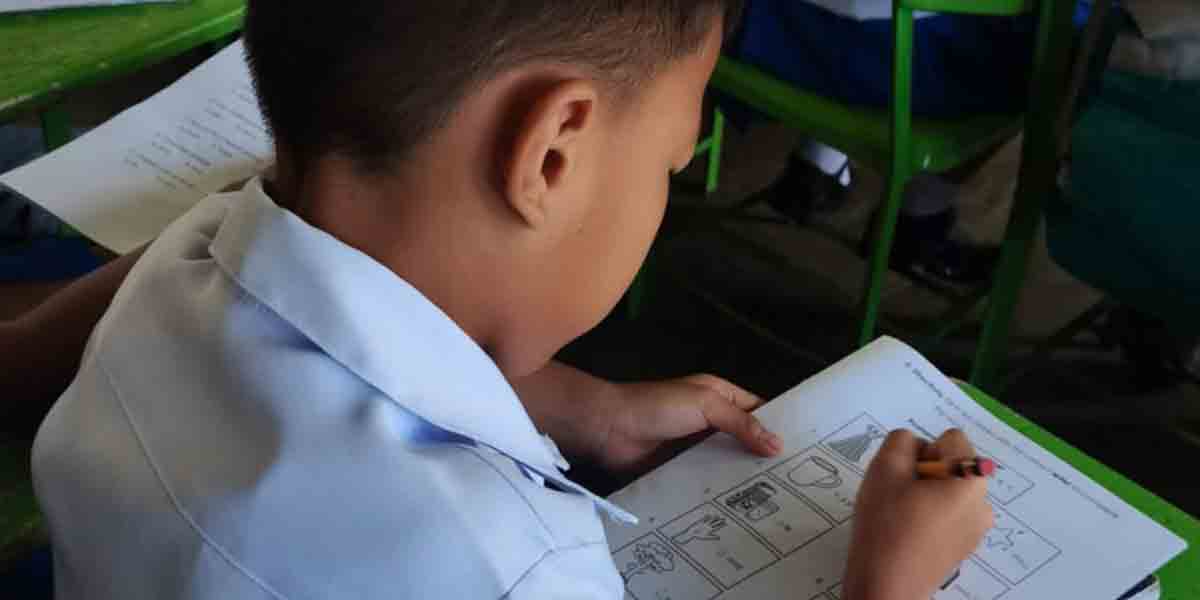




Comments are closed.